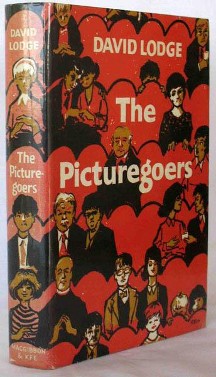Source: Arnold Schwarzenegger, Total Recall: My Unbelievably True Story (New York: Simon & Schuster, 2013), pp. 13-14
Text: Our education about the world continued at the NonStop Kino, a newsreel theater near the central square in Graz. It ran an hourlong show over and over all day. First would be a newsreel with footage from all around the world and a voice-over in German, then Mickey Mouse or some other cartoon, and then commercials consisting of slides of various stores in Graz. Finally, music would play, and the whole thing would start again. The NonStop wasn’t expensive – just a few schillings – and each newsreel seemed to bring new wonders: Elvis Presley singing “Hound Dog.” President Dwight Eisenhower making a speech. Clips of jet airliners and streamlined American cars and movie stars. Those are images I remember. There was also boring stuff, of course, and stuff that went right over my head, like the 1956 crisis over the Suez Canal.
American movies made an even deeper impression. The first one that Meinhard and I ever saw was a Tarzan film starring Johnny Weissmuller. I thought he was going to swing right out of the screen at us. The idea that a human could swing from tree to tree and talk to lions and chimpanzees was fascinating, and so was Tarzan’s whole thing with lane. I thought that was a good life. Meinhard and I went back to see it several times.
Two movie theaters we always went to faced each other across Graz’s most popular shopping street. Mostly they showed Westerns but also comedies and dramas. The only problem was the strictly enforced rating system. A policeman assigned to the theater would check the ages of ticket holders going in. An Elvis movie, the equivalent of a modern PG-13, was pretty easy to get into, but all the movies I wanted to see – Westerns, gladiator movies, and war movies – were more like today’s R-rated films and therefore were much harder to get into. Sometimes a friendly cashier would let me wait until the movie started and then signal with his head toward the aisle where the policeman was standing. Sometimes I’d wait by the side exit and walk into the auditorium backward.
Comments: Arnold Schwarzenegger (1947- ) is an Austrian-American bodybuilder, film actor and politician. Born and raised in Austria, he regularly visited cinemas in Graz, later combining this with visits to the gym. At the time of this passage from his memoirs he was aged around 10. Meinhard was his elder brother.
